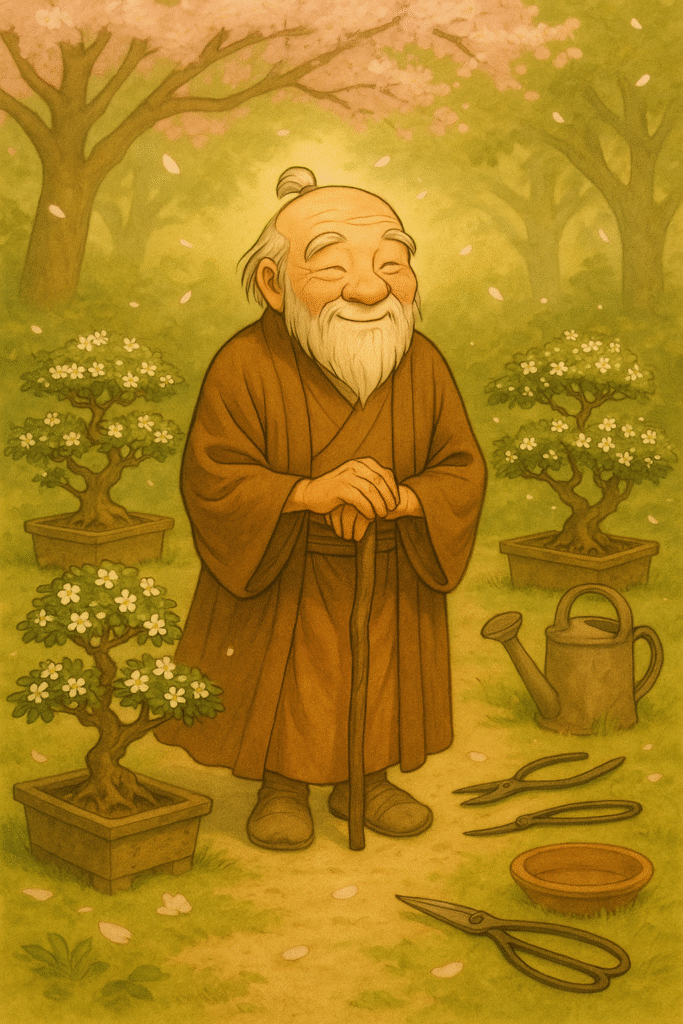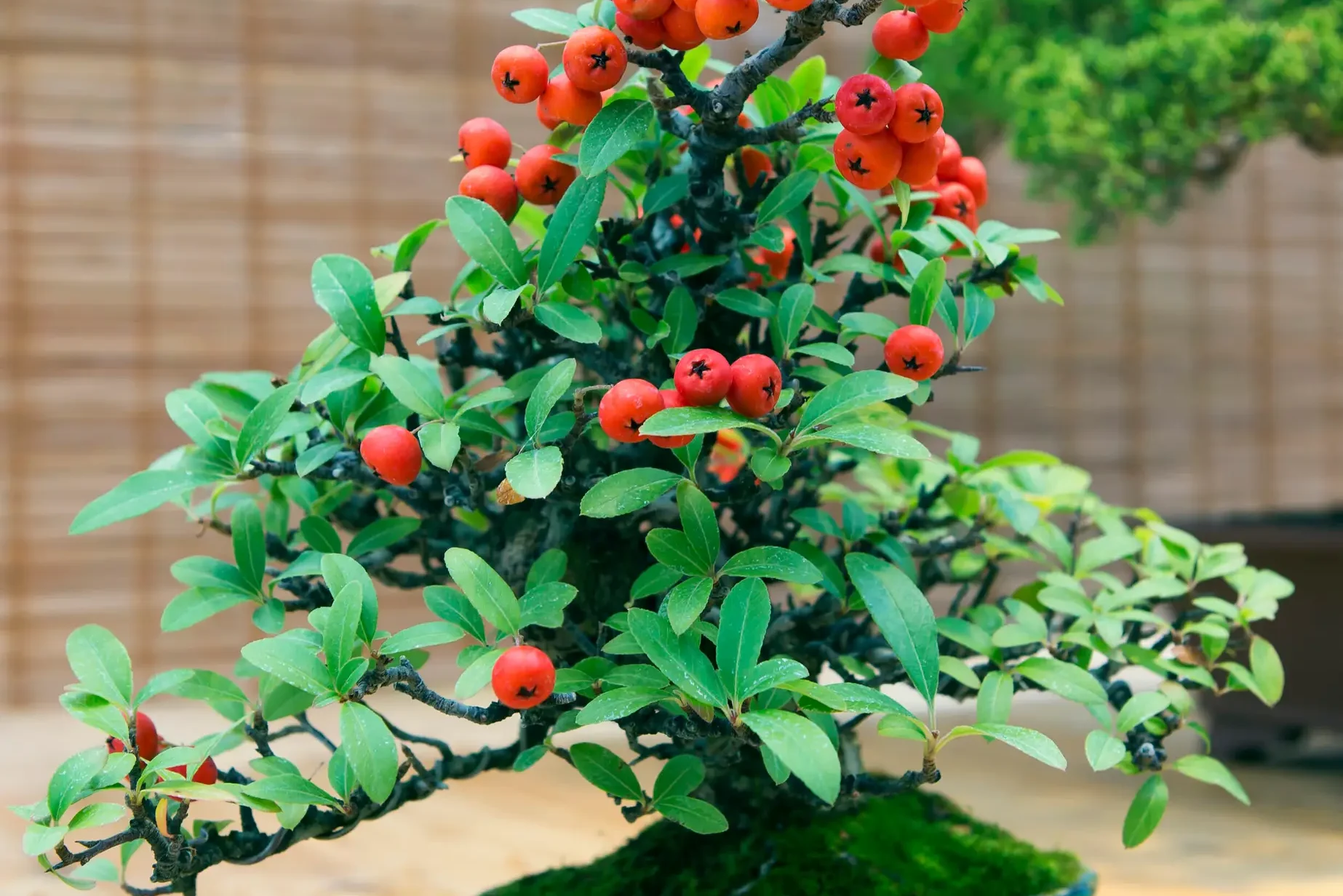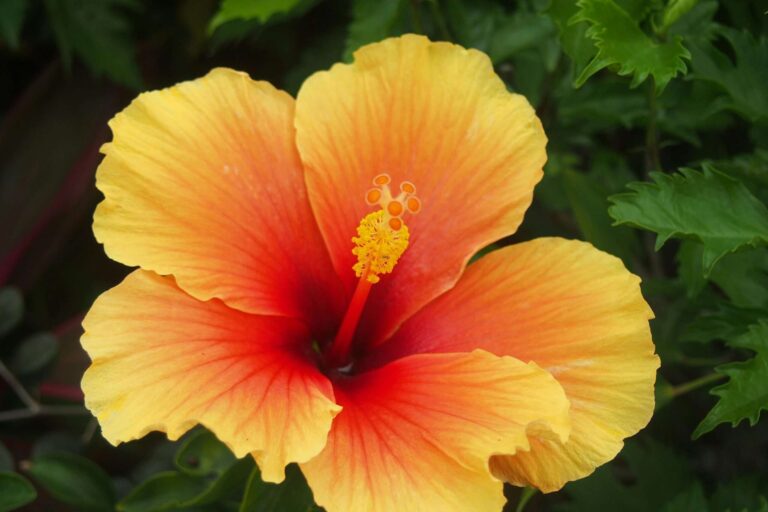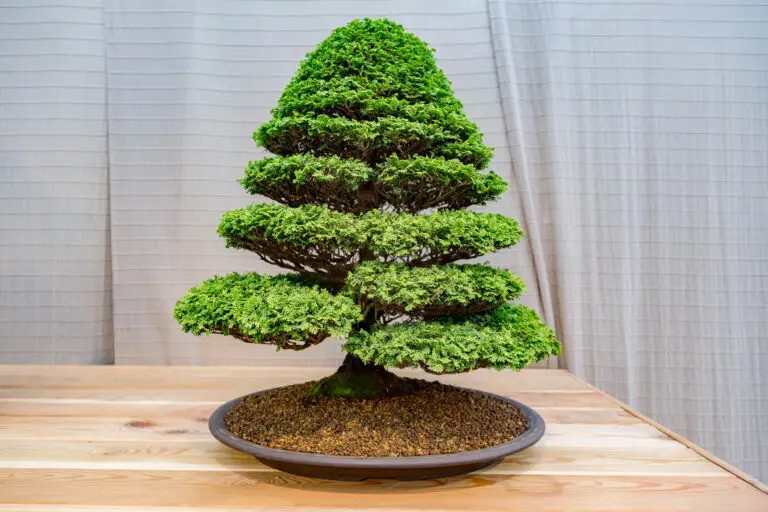Cotoneaster Bonsai Care Guide By Master Mori, humble guardian of small trees and large truths
Cotoneaster bonsai is a fantastic choice for beginners thanks to its easy care, natural ramification, and seasonal interest. It features small, glossy leaves, tiny white or pink flowers in spring, and bright red berries in autumn. The miniature fruit makes it a favourite for display, especially during fall.
With a naturally horizontal, cascading growth style, Cotoneaster works well in informal upright, cascade, or root-over-rock bonsai styles. In this Cotoneaster bonsai care guide we will cover the basics of Cotoneaster bonsai tree care and keep you bonsai health and vibrant for years to come

Cotoneaster Bonsai Care Guide
Cotoneaster Bonsai Care Guide
Quick Overview
| Trait | Details |
|---|---|
| Skill Level | Advanced |
| Best Climate | Temperate / Outdoor |
| Light Needs | Bright indirect light to partial sun |
| Watering | Keep soil consistently moist |
| Growth Style | Flowering bonsai with showy blooms |
Cotoneaster Bonsai Care Guide Essentials
Bonsai Light Requirements
Thrives in full sun, but can tolerate partial shade, especially in hotter climates. Morning sun and afternoon shade are ideal in warmer regions.
Bonsai Watering Guide
Keep soil evenly moist—do not allow to dry out completely. During hot months, you may need to water once or twice daily. Avoid soggy soil, which can lead to root rot.
Bonsai Soil Mix
Prefers a well-draining bonsai soil mix. Combine akadama, pumice, and pine bark or compost for balanced moisture retention and drainage.
Bonsai Fertilizer
Apply a balanced organic fertilizer every 2–4 weeks from spring to early autumn. Reduce feeding when flowers or berries are present to avoid fruit drop.
Repotting Your Bonsai
Repot every 2–3 years in early spring, before new growth emerges. Cotoneaster handles root pruning well, but leave fine roots intact where possible.
How to Pruning & Shape
Regularly trim new shoots to encourage bushier growth. After flowering, prune back to shape. Wiring is easy, but young branches can be brittle—use light wire and check often. Great for clip-and-grow techniques.
Common Problems & Fixes
| Problem | Likely Cause | Fix |
|---|---|---|
| Leaf drop | Underwatering or overheat | Provide consistent watering and move to a shaded area |
| Berries falling off | Overfertilizing or stress | Reduce feeding and avoid moving plant when fruiting |
| Pests | Aphids, scale | Use neem oil or insecticidal soap regularly |
Cotoneaster Bonsai FAQs
Can Cotoneaster bonsai grow indoors?
Cotoneaster bonsai needs outdoor conditions to thrive. It benefits from seasonal temperature changes and full sunlight.
Do the berries stay all year?
The berries appear in autumn and usually persist into winter unless eaten by birds or dropped due to stress.
Is Cotoneaster bonsai good for beginners?
Yes! It’s one of the easiest flowering bonsai trees to maintain and shape.
Related Topics –
Cotoneaster bonsai care guide
Bonsai with red berries
Flowering bonsai tree for beginners
How to grow Cotoneaster bonsai
Bonsai tree with fruit
Easy bonsai tree for temperate climate




